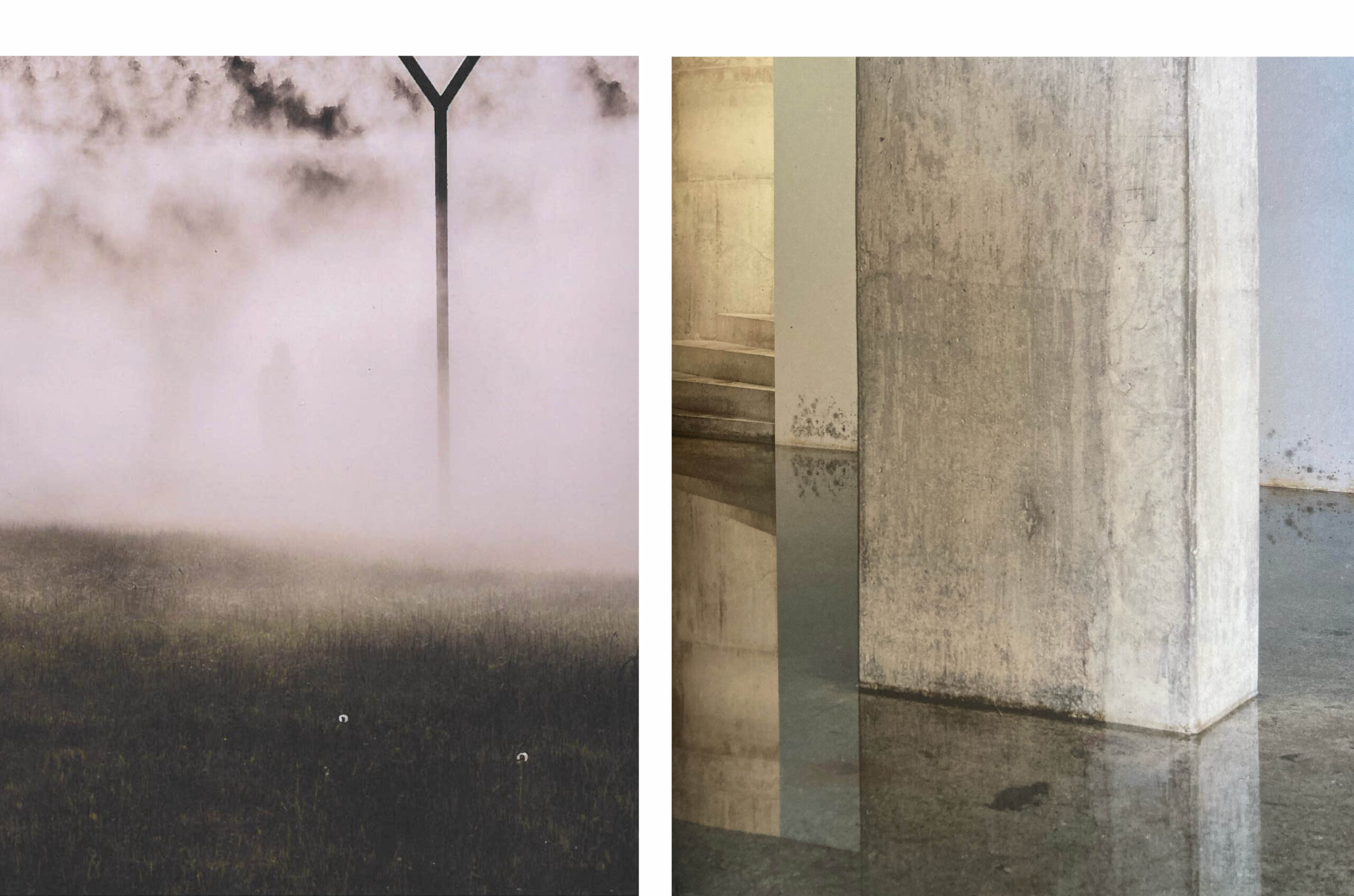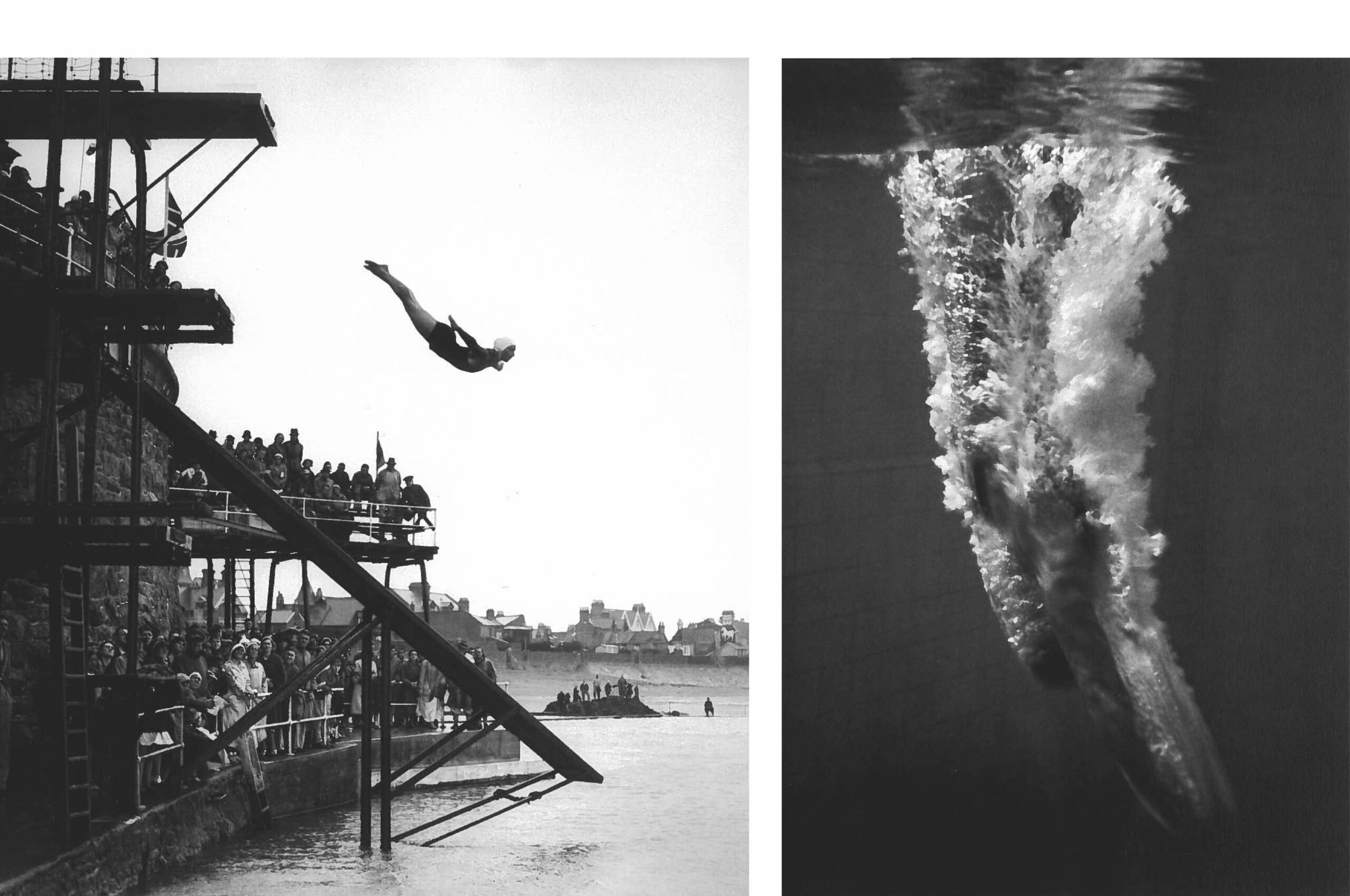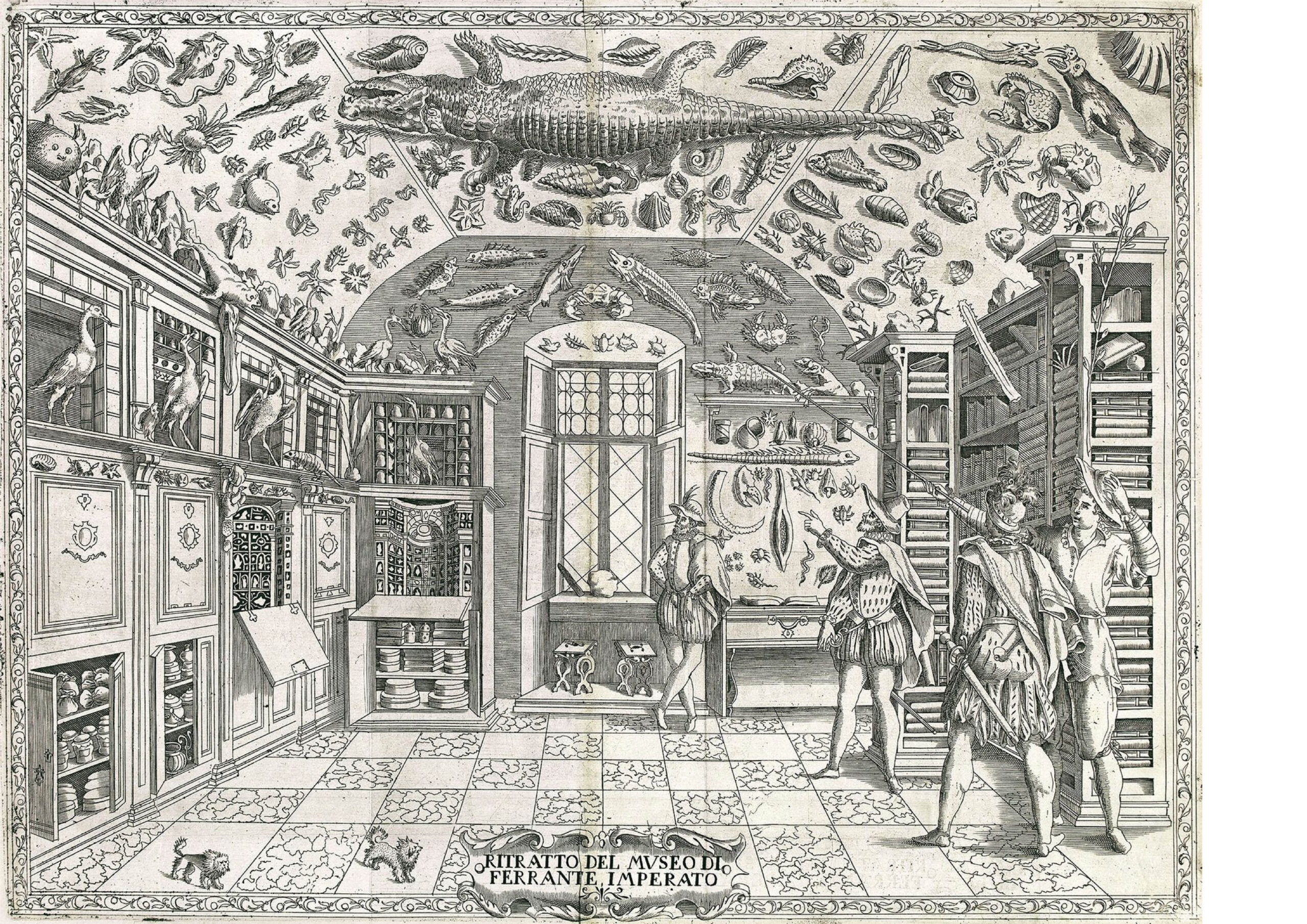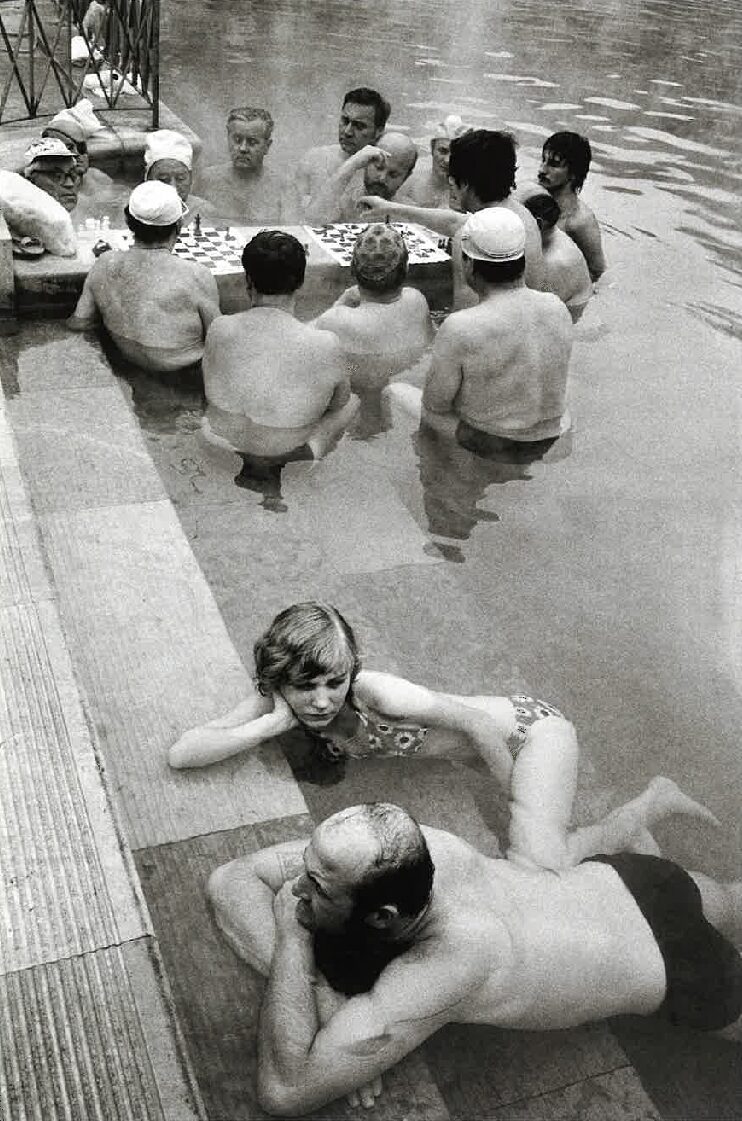Master of Architecture
Academic year 2023-24, semester 1, Brussels
Engagement: Mediating Tactics
Tutor: Jasmien Wouters
—
ADO ‘No Grid’
The Academic Design Office (ADO) ‘No Grid’ investigates in which way we can activate architecture as a dynamic and nomadic ‘vehicle’, less consider it as a static fact. No Grid explores how temporality can play a role within architecture and how it can become a prospect of design.
No Grid discovers a world without the Cartesian functionality of norms and rules that architecture usually subscribes to. No Grid explores a world where doubt, inefficiency and coincidence are allowed to exist.
Studio ‘Serendipity’
A natural gift for making useful discoveries by accident.
“A gift is something pertaining to the subject, but, as the word says, ‘given’ to him/her/them: a talent, something that is not the result of personal merit, but nevertheless unique to that person, who can ‘make useful’ that gift even if it was discovered by accident. ‘Making’ implies a willful, purposeful action that, if used as a transitive verb, entails the new existence of an object. Used as a copula, it brings into existence a feature of the object; ‘useful’ is something that is good beyond the self; a communal usefulness perhaps; hence, a gift to the community. The gift as talent is ‘natural’. The discovery itself is accidental. This qualifies the power of the gifted subject. At the same time, it qualifies that person as open to noticing, seeing things, things that appear to him/her/them.” [1]
The substance of the studio
The studio ‘Serendipity’ investigates temporality by unravelling water as a matter. We will collectively develop an architectural vocabulary (light, shadow, texture, colour, reflection, depth, traces, etc.). Constantly changing position, place and appearance (liquid, solid and gaseous) influences this vocabulary. Eliasson, O (2016). Fog Assembly, Versailles
Eliasson, O (2016). Fog Assembly, Versailles
Brandlhuber, A (2012). Archipel, Berlin
These elements are partly determined by the context. In the studio, we will focus on the Brussels-Capital Region. The Zenne was historically the main waterway of Brussels, but it became more polluted and less navigable as the city grew. In 1867, it has been enclosed and partly in the North of Brussels uncovered in 2021. There is the Willebroek Canal, on which navigation has been possible from 1561, and later the Brussel-Charleroi Canal inaugurated in 1832. In addition, there is the water of the ditches, ponds or rivers outside the city walls.[2]
Simultaneously we will explore how this vocabulary may become an invitation and drive for ways of encounter at the Brussels’ water edge. We explore what the power and meaning of water can be in a city today.
 Anonymous (1933). Havre-des-pas swimming pool, Jersey in: Hodgson, F (2018). The Swimming Pool Photography, Hannibal Books, Veurne
Anonymous (1933). Havre-des-pas swimming pool, Jersey in: Hodgson, F (2018). The Swimming Pool Photography, Hannibal Books, Veurne
Riefenstahl, L (1936) in: Hodgson, F (2018). The Swimming Pool Photography, Hannibal Books, Veurne
The history of bathing and swimming in Brussels is closely linked to people’s attitudes to hygiene, medicine, social conventions, and leisure. Body treatment in the Middle Ages, for instance, relied on (public) bathing, but in the 16th and 17th century there is no water involved: clean laundry ensures a clean skin. In the 17th century, the city of Brussels banned bathing out of concern for hygiene and decency. Since the 20th century, bathing and swimming have been seen as a sport and leisure activity. [3]
The studio aims to strengthen your position within the discipline and in the broader societal debates. The starting point of every encounter is what you bring to the studio, your experiences and ambitions, and we develop those by bringing in critical questions.
To make the unknown tangible, we use imagination.
The studio focuses on the craft of design, by carefully making models, drawings, videos, etc. as a powerful tool to explore space and time. As an outcome, you present these at different scales, radiating your fascination, vision, and drive for the topic of the studio.
Finally, all results are presented in an individually or collectively produced booklet.

Imperato, F (1599). Cabinet of Curiosities in Dell’ Historia Naturale, Naples
—
ADO ‘No Grid’ has a tradition of working together with POOL IS COOL. This ngo campaigns for the reintroduction of outdoor swimming in Brussels through actions, projects, research and debate. We will continue our collaboration with POOL IS COOL this academic year (’23-’24). An exchange of experiences between students and POOL IS COOL will be enabled by organizing collective working sessions.
ADO ‘No Grid’ frames the studio ‘Serendipity’, just like the studio ‘Shipyard’ in the second semester. This way, however not a requirement, you will have the opportunity to work within the frame of ADO ‘No Grid’ for one year.
—
[1] Bal, M et al. (2011), Ann Veronica Janssens: Serendipity. Wiels, Brussels
[2] [3] Boquet, F et al. (2005), Baden in Brussel: van een bad nemen naar zwemmen als ontspanning. Museum van de Stad, Brussels
Image left: Le Querrec, G (1980). Bath in Budapest, Hungary in: Hodgson, F (2018). The Swimming Pool Photography, Hannibal Books, Veurne

